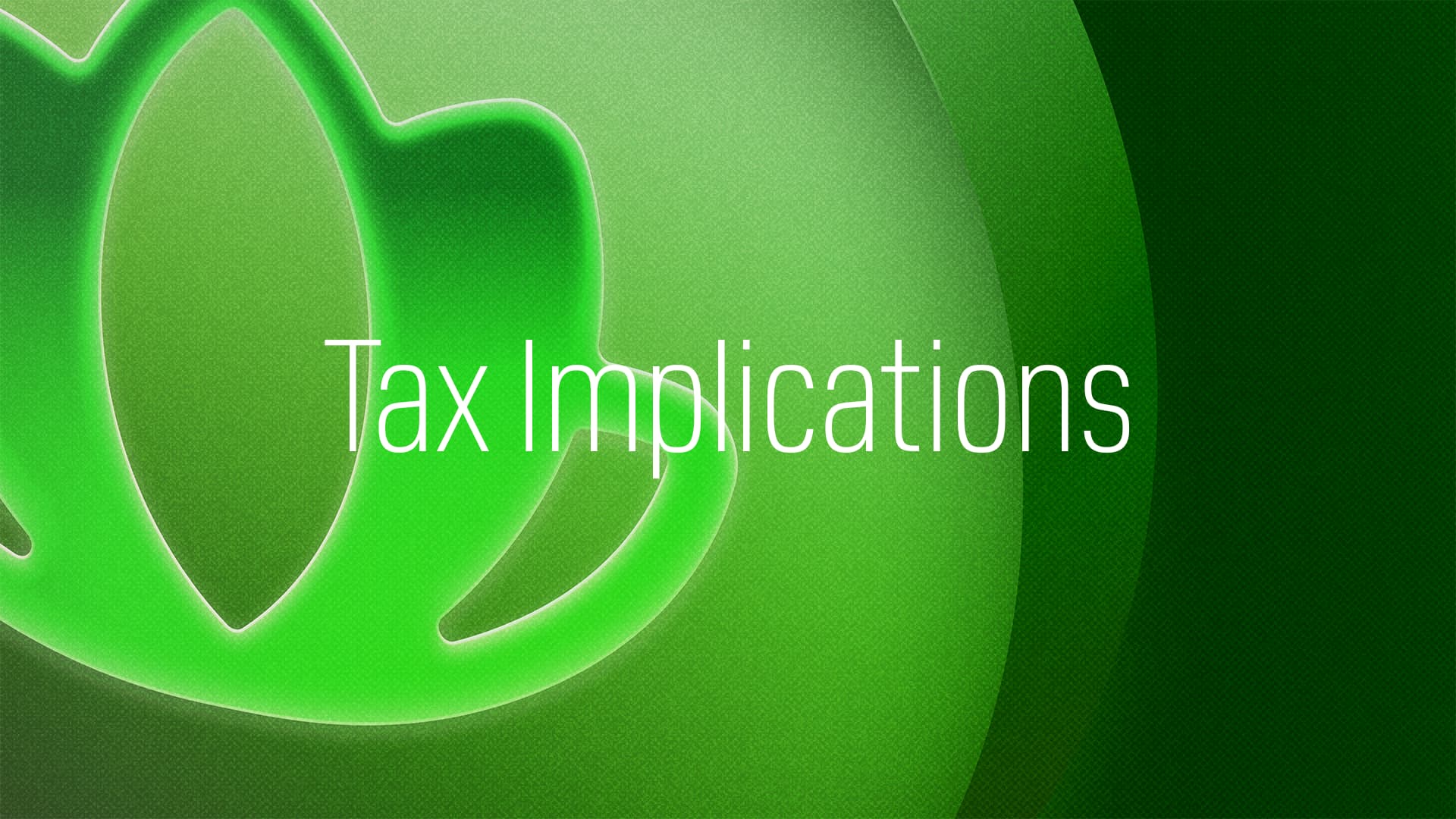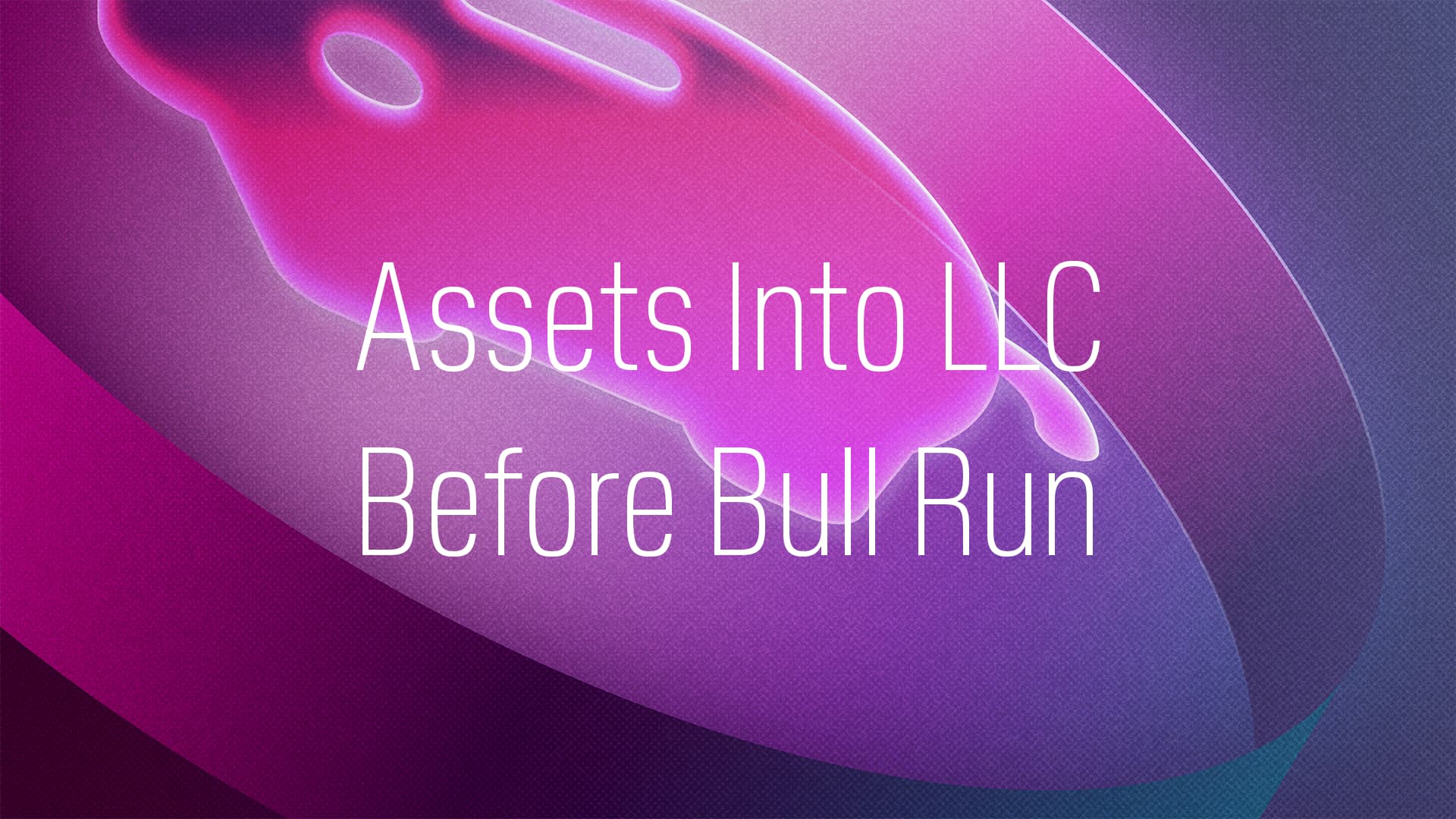The digital revolution is set to transform the way we invest in and own assets through the process of tokenisation. Tokenisation represents the conversion of ownership in real-world assets into digital tokens on a blockchain, offering a myriad of benefits including increased liquidity, fractional ownership, and broader accessibility. Here's a comprehensive exploration of 25 real-world assets ripe for tokenisation, promising a future where investment barriers are significantly lowered, and asset management becomes more efficient and transparent.
Tokenising single-family homes and apartments can democratise access to real estate investment, allowing individuals to own fractions of residential properties.
Office buildings and retail spaces, once the domain of institutional investors, can be fractionally owned, offering smaller investors a slice of lucrative commercial real estate markets.
Warehouses and factories also present a significant opportunity for tokenisation, opening up industrial real estate investment to a broader audience.
Tokenisation can transform art ownership, enabling shared investment in paintings, sculptures, and digital art, potentially increasing the market's liquidity.
Gold, silver, and platinum can be tokenised to allow for fractional, transparent, and secure ownership without the need for physical storage.
Rare diamonds, rubies, and sapphires can be owned fractionally, widening access to these valuable and portable investment assets.
The tokenisation of vintage cars, rare stamps, and antique furniture can offer a new form of investment in these historically appreciable assets.
Rare wines and aged whiskeys can be tokenised, allowing investors to own shares of valuable bottles, with potential for appreciation over time.
Farms and vineyards offer the opportunity for tokenised ownership, potentially revolutionising how agricultural land is financed and managed.
Forests for timber production can be owned through tokens, providing investors with a unique opportunity to invest in sustainable resources.
Tokenisation can open up investment in large-scale infrastructure projects like bridges, tunnels, and airports to a wider pool of investors.
Solar farms and wind turbines represent the future of energy, with tokenisation facilitating collective investment in renewable energy projects.
Both corporate and municipal bonds can be tokenised, offering a more accessible and liquid form of investment in debt instruments.
Stakes in private companies and investments in startups can be tokenised, providing liquidity and access to high-growth investment opportunities.
Patents, copyrights, and trademarks can be owned fractionally through tokens, offering a new way to invest in and profit from creative and innovative assets.
Tokenising earnings from music licensing or revenue from film or TV productions can provide creators with upfront capital and investors with a share in future revenues.
Professional athlete contracts can be tokenised, allowing fans and investors to own a piece of their favourite athlete's financial success.
High-end watches and designer handbags can be owned through tokens, making luxury goods investment more accessible.
Tokenisation can offer a new way to invest in oil, natural gas, and agricultural products, with tokens representing ownership shares.
Ownership shares in cargo shipments can be tokenised, providing a new form of investment in the logistics and shipping industry.
Tokenising rights to access and use water sources can offer a novel way to invest in and manage this critical resource.
Tradable certificates representing the right to emit carbon dioxide can be tokenised, potentially revolutionising the market for carbon credits.
The tokenisation of these assets represents a seismic shift in asset ownership and investment, heralding a future where the benefits of investment are more widely distributed and accessible. Through blockchain technology, these real-world assets can be owned and traded like never before, breaking down barriers and ushering in a new era of investment.



